A blockchain is a network of computers connected not to
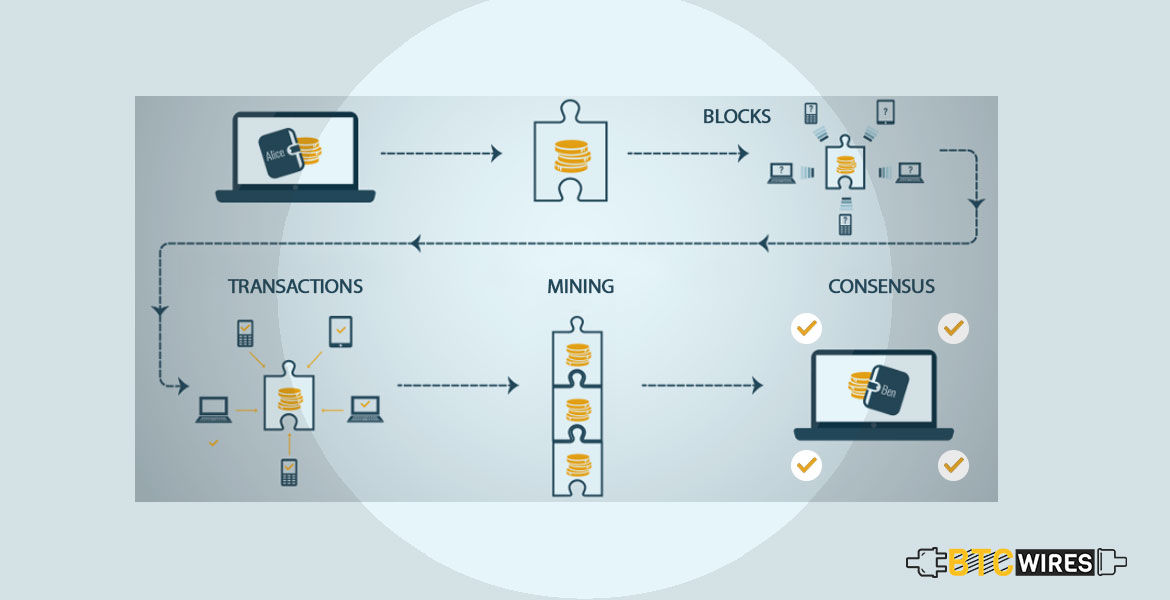
A blockchain is a network of computers connected not to a focal server but rather to one another. Computer in this network characterize and concur upon a shared state of data and stick to specific limitations imposed upon this information.
This shared state of information is essentially a distributed state machine with each “block” rolling out a change to the existing, known and shared state. The Bitcoin project implemented the first ever large-scale blockchain. Bitcoin’s blockchain is very easy in contrast with the vast majority of other blockchains which exist today.
Blockchain Transactions
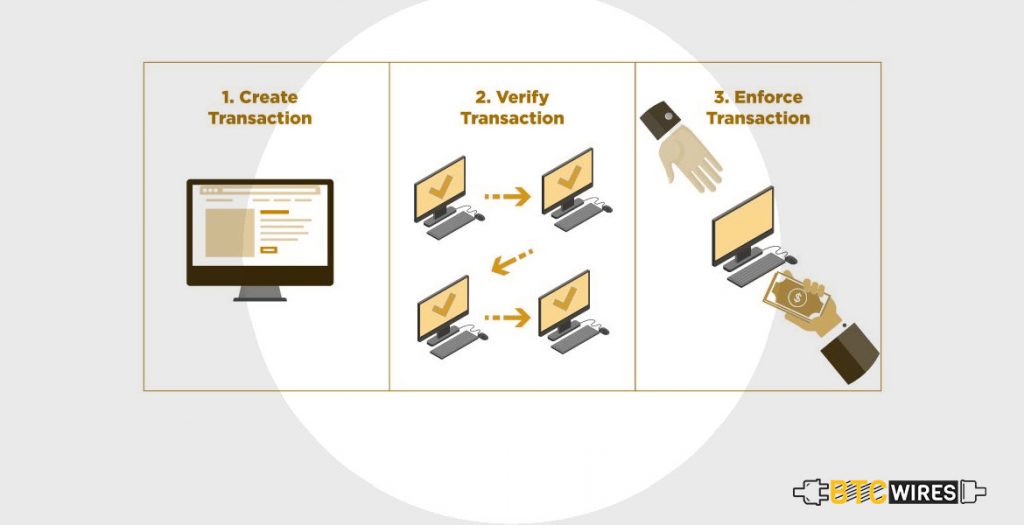
Transactions are what give blockchain a purpose. These smallest building blocks of this system, transactions usually consist of a sender address, a recipient address and a value. This is too unique from a standard transaction done through credit and debit cards.
A transaction changes the agreed-correct blockchain. And, a blockchain, on the other hand, is shared, decentralized and distributed state machine. This implies that all nodes independently hold their own copay of blockchain, and the existing known ‘state’ is calculated by processing each transaction as they look in the blockchain.
Transactions are got together and then sent to each node in the form of block. Since new transactions are distributed across the network, they are independently classified and processed by every node.
This consistent movement of coin constitutes the information inside any blockchain architecture, while the methods in which transactions are processed and verified differs by implementation.
Building The Blocks
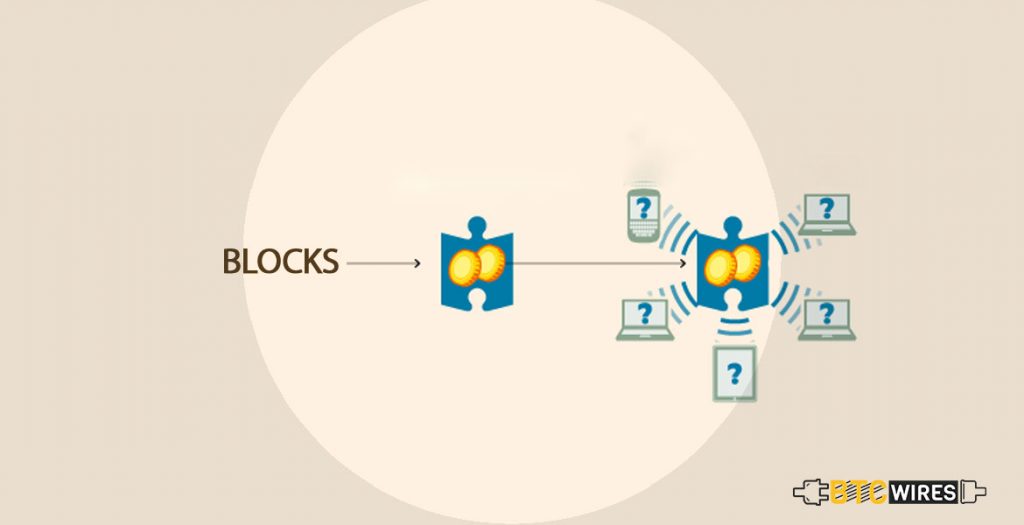
Blocks are usually the data structures. They are created by miners and their purpose is to gather the sets of transactions in one place and be distributed to all the nodes available in the network. Block header in blocks is the metadata that is helps verify the a block validity. A typical block metadata contains –
- The current version of a block structure
- Reference of one block’s parent block
- The time when the block is created
- Current challenge used to create the block
- Cryptographic hash of all transactions incorporated in the block
- The random number used once
Users make transactions and then submit them to the network to be included in a block. It is important to know that every single miner is allowed to work the way they want inside this ecosystem. Consensus rules shows that only valid changes to the blockchain will be acceptable by everyone else. This outcomes in a system that economically ensures that only valid blocks will be acted on, submitted to the network and then accepted by the greater community.
Here Comes “Mining”
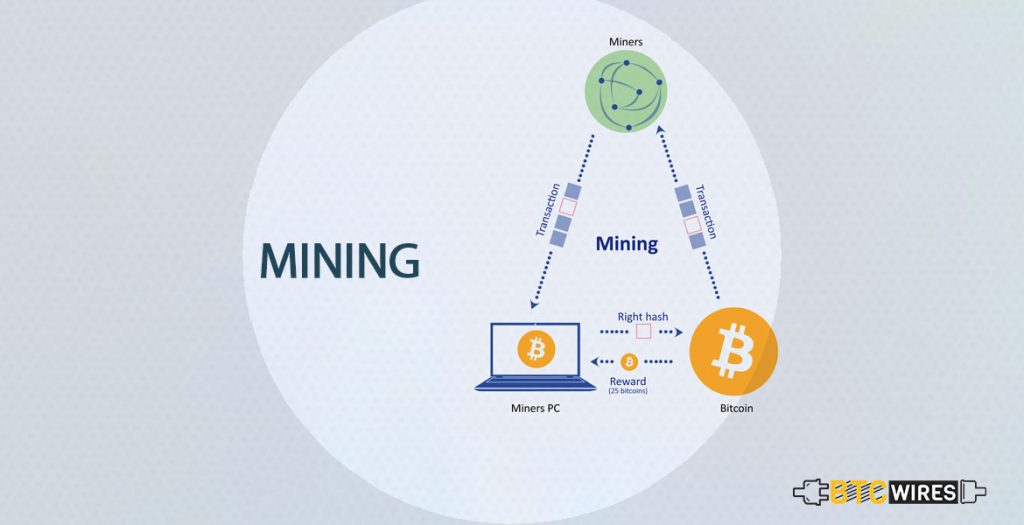
By now, we have discussed the details of creating blocks. Now, mining is the process of doing real-world work for the purpose of creating a valid block that is acceptable by everyone in the network.
Miners in the network are similar to the processing network of a credit card company. They work on pending transactions, verify them as cryptographically accurate, and accumulate them into blocks to be stored on the chain of blocks.
The process of mining incorporates hashing a potential block, checking to see if the hash is fit to the current difficulty rules, and if not, changing the nonce in the block header and hashing the block again.
Consensus In Blockchain
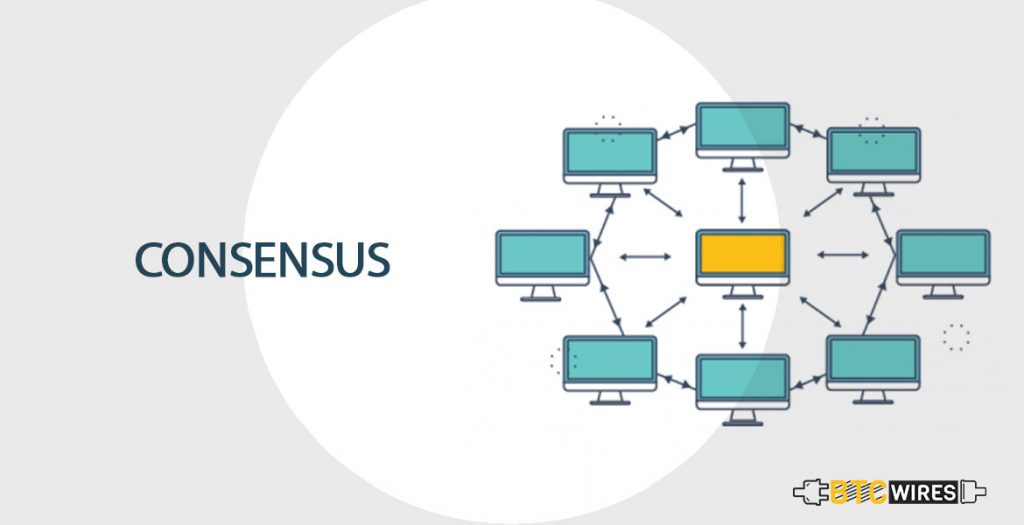
All of the concepts of independent nodes verifying the validity of transactions as well as blocks is called consensus. Consensus of blockchain is known as a codified set of rules that everyone is playing by. Rules are completely self-enforced. Since blockchain network is growing larger, more and more nodes and miners have begun to participate in it, the overall consensus is growing even stronger owing to the sheer number of actors enforcing their own rules.
For instance, let’s take one of Bitcoin’s consensus rules –
The amount of coinbase transactions. The rules which everyone follows is based on the code dictating the value of the transaction which should be cut in half every 2,00,000 blocks.
The initial 2,10,000 blocks produced through the transactions give a reward of 50 Bitcoin. Blocks 2,10,001 via 4,20,000 produced a reward of 25 Bitcoin. At the moment of writing, Bitcoin’s blockchain is nearly 545860 blocks long, meaning that each block produces 12.5 BTC these days.
If a miner have decided to produce a block now that minted 15 BTC as their reward, rather than 12.5 BTC, then the rest of the network would receive their block, run it with their particular consensus rules and avoid that block because it doesn’t fit the mold. But remember, that each miner can create whatever kind of block they want to!
The block would easily be got rid of by everyone else as it’s not valid, and it wouldn’t be acceptable by anyone as it would be considered done through a malicious miner to receive a reward larger than the current rate.
This reward halving is something that gives Bitcoin its higher limit of about 21 million coins. A bitcoin is divisible to eight decimal places, which means that ultimately the reward will halve its way to 0.
The whole network agrees on what should be the reward to find a new block. Attempting to play “outside of the rules” isn’t illicit. In case, you wish your transaction or block to be accepted by everyone in the network, then you have to follow the same rules which everyone in the network is following. Else, you run the risk of not matching the consensus standards as well as having your verification avoided. Thus, the consensus includes another layer of security to the blockchain transactions.
Conclusion!
A blockchain is simply a distributed ledger, that is built over time, linearly, and is independently confirmed and audited by all the actors in the network. Generally, blockchains contain transactions packaged into the blocks which are mined by using significant resources. As result of mining, new tokens are created.
The network-at-large verifies cryptographically that all the transactions are legal, and uses consensus rules to make sure what the valid blockchain contains. As a consequence, blockchains come with an entirely new way to create the systems which are free from reliance on any centralized entity.
